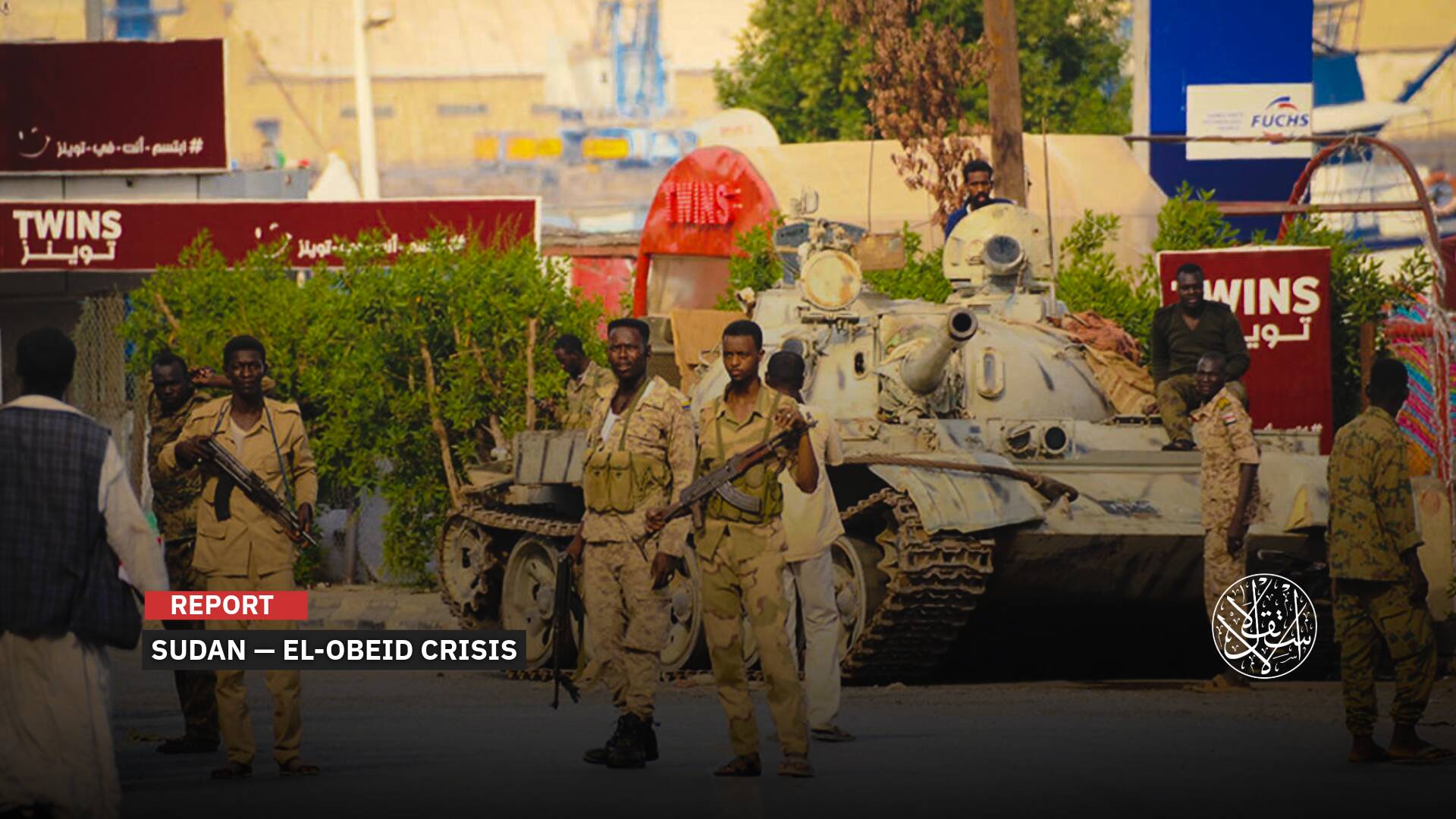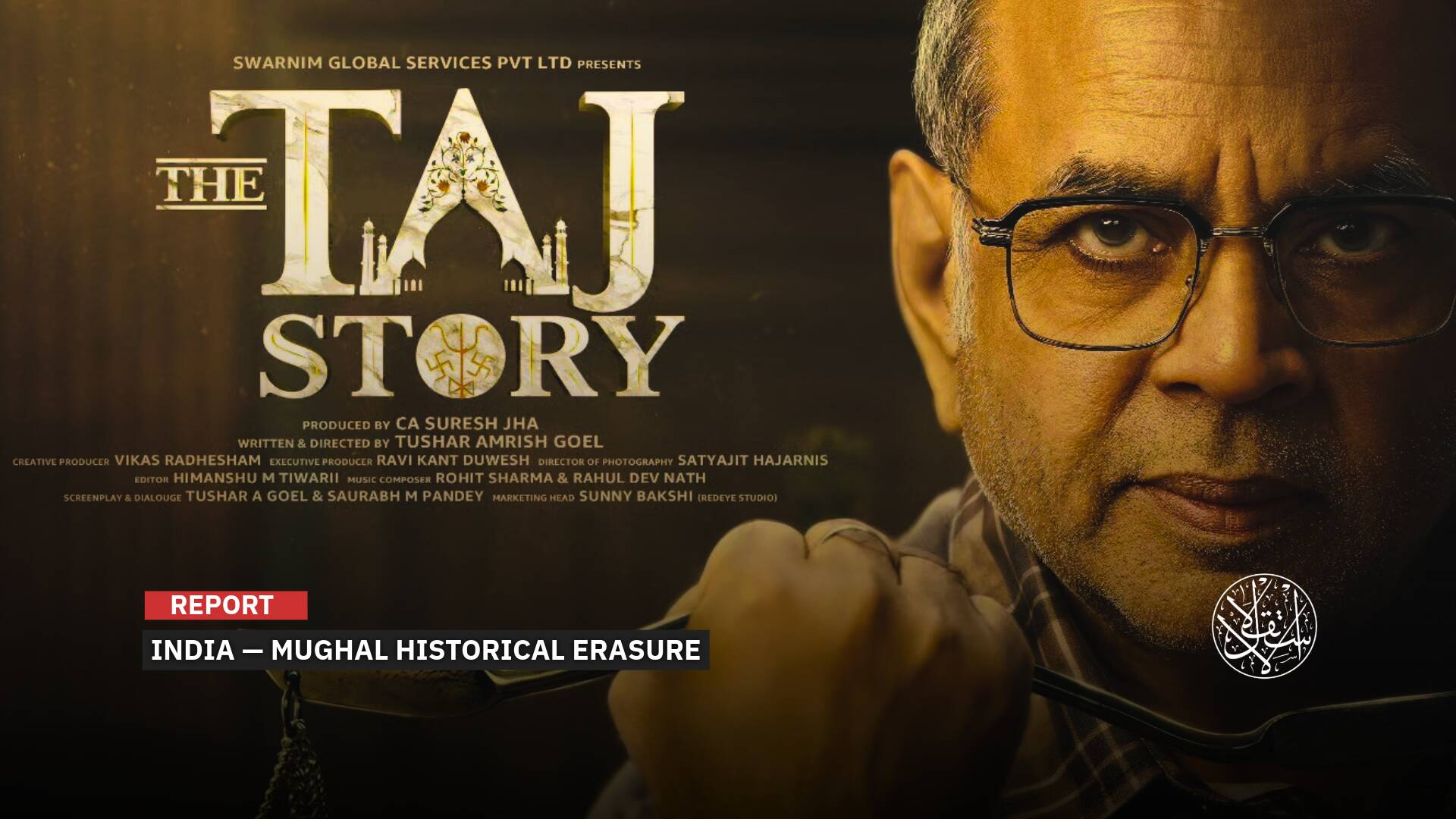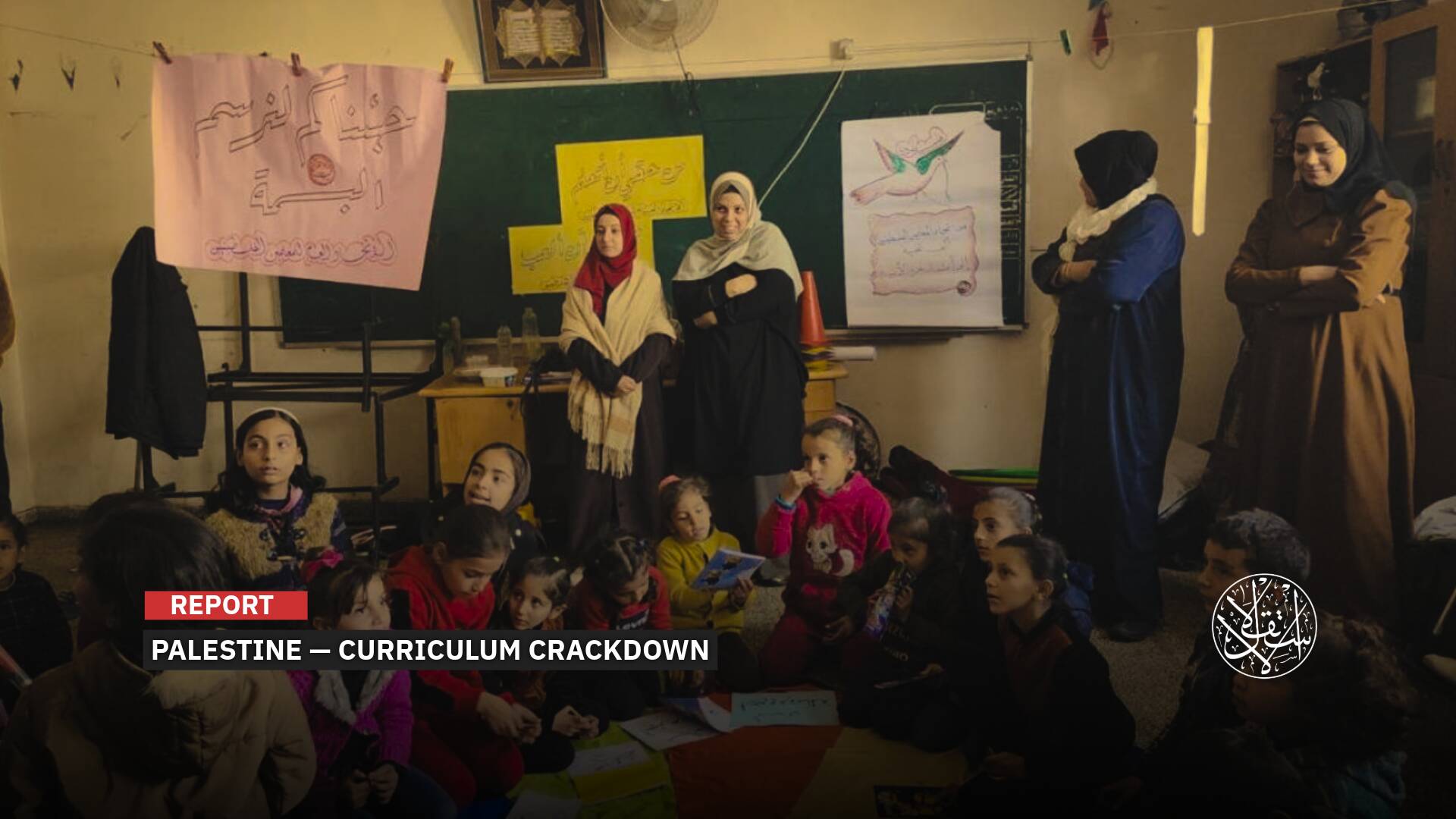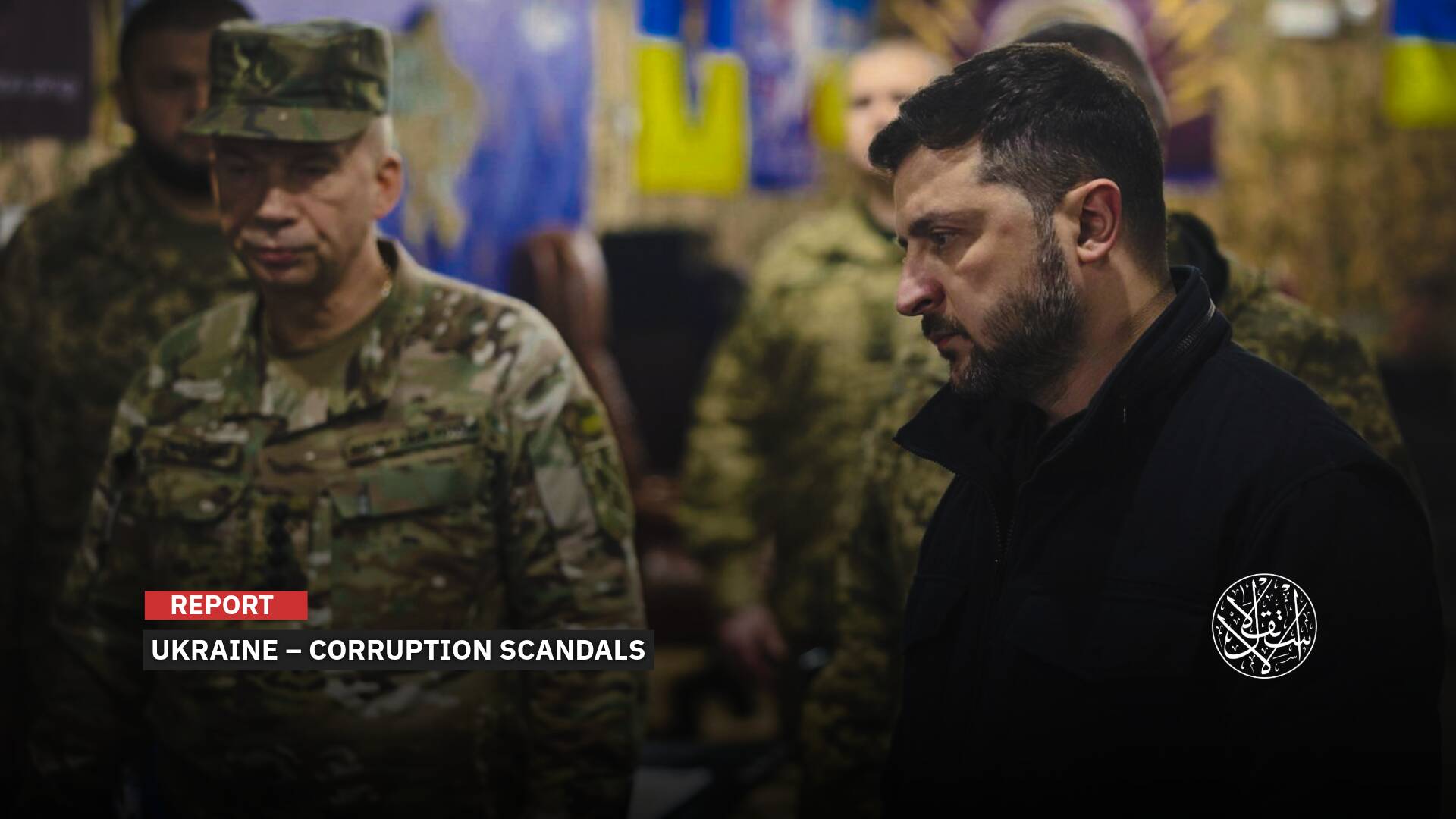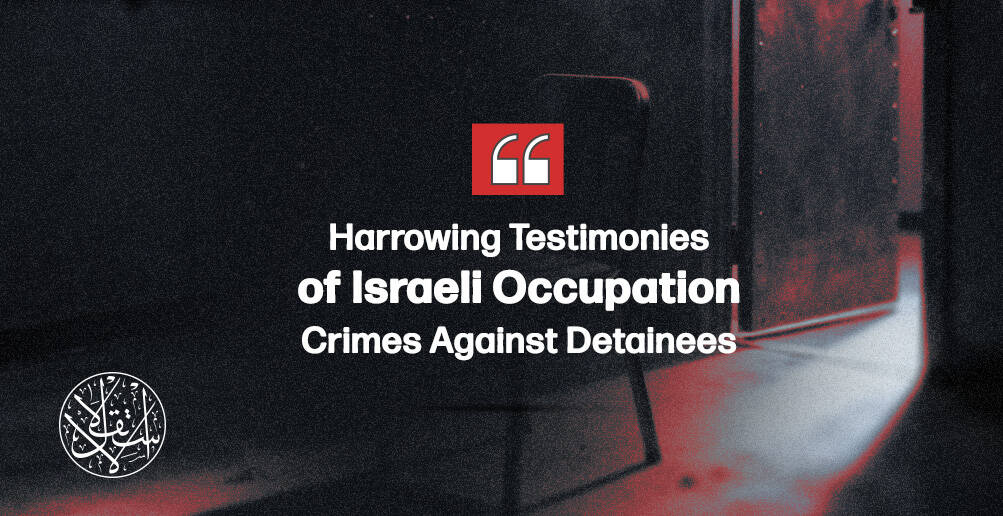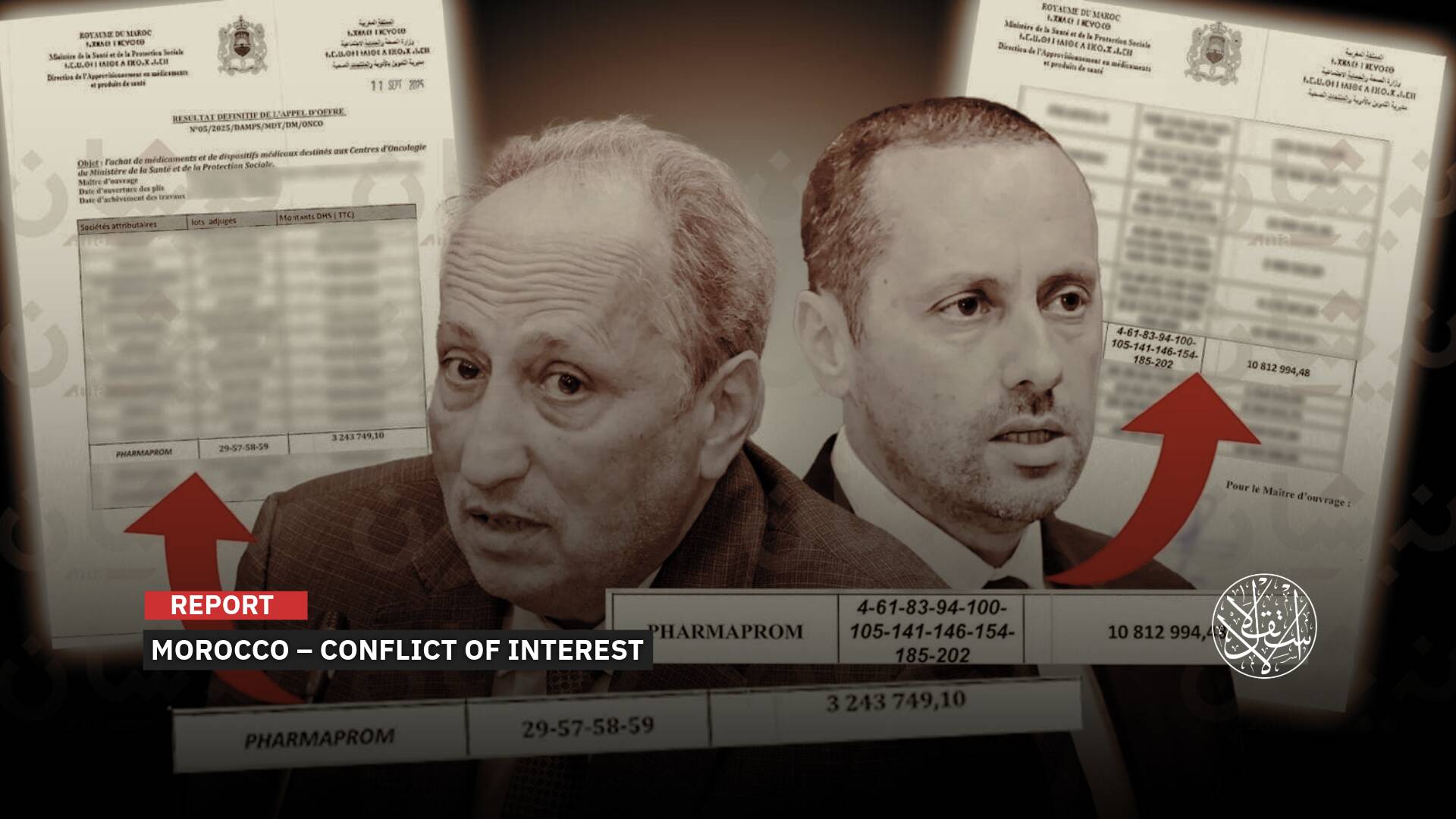With Billions of Dollars, a New Competition to Eliminate Child Labor From Chocolate Industry

Chocolate is a product of the cacao bean, referred to as cocoa, that grows mostly in Western Africa, Asia, and Latin America as well.
Western African countries supply about 70% of the world’s cocoa that is sold to a majority of chocolate companies, including the largest in the world, such as Hershey’s, Mars, Nestle, and Cadbury, revealing the industry’s direct connection to the worst forms of child labor, human trafficking, and slavery.
This sweet product prompted several organizations and journalists in the past few decades to expose the widespread use of child labor on cocoa farms in Western Africa, primarily in Cameroon, Guinea, Nigeria, and Sierra Leone.
Children in Brazil's cocoa farms were also exposed to many of the same abuses as those in Western African farms.
The European Union is drafting laws requiring companies to prove that by 2024 all the cocoa they produce does not depend on child labor.
To protect their industry, International giants such as Mars and Nestle started a competition to “clean” their production and eliminate child labor from the world of chocolate, announcing billions of dollars in investments to do so.

‘Cleaning’ Production
The Swiss company Nestle has started paying farmers compensation for removing children from their farms at a time when about 1.5 million children are believed to be working in the cocoa farms in Ivory Coast and neighboring Ghana, which together produce 60% of the world’s cocoa, according to The Times.
Nestle and its rivals pledged to eradicate child labor in the $100 billion chocolate industry more than two decades ago, but they miserably failed. Nestle, the world’s largest food & beverage company with $90 billion in sales last year, may be the most interesting story of a new initiative to supposedly address child labor and slavery in cocoa production.
It has already begun paying farmers directly to keep children out of their farms. Having introduced this project in January 2022 to 10,000 farming families in Ivory Coast, the company intends to expand it to all 160,000 working families globally by 2030 at the cost of £1 billion (about $1 billion).
Nestle gives farmers nearly $500 a year if they send their children to school and adopt other sustainable practices that could double their income. It said it would launch the first batch of products from this project, a set of Kit Kat bars, next year.

Stephane Detaille, global sustainability director at Nestle, said that the main driver of child labor is poverty, adding that the company thought about how to increase the income of families working in cocoa farms.
In Ivory Coast, cocoa farmers earn about $0.78 a day, while in Ghana, they get about $1, both well below the extreme poverty line set by the World Bank ($2.15 a day).
The Nestle project aims to give farmers funds to expand their cocoa production and other commercial activities.
Nestle funded the creation of community banks run by farmers’ wives, which many of the women said enabled them to obtain loans to invest in beauty salons, selling fruit, and other businesses, before paying them back with the profits.
Children Enslaved in Cocoa Farms
Western African children are living in intense poverty, which forces them to start working at a young age. Many of those children end up in cocoa farms after traffickers’ promises of good payment.
According to CorpWatch, the number of child slaves in cocoa farms in Ivory Coast alone is nearly 300,000 children, while a research prepared by the American University of Tulane revealed about 1.8 million children working in these farms in Ghana and Ivory Coast.
The children in the cocoa farms are divided into two parts: the first group is children from very poor families who are pushed by the hard living conditions to “sell” their children, sometimes for 50 to 100 dollars per child, hoping the children will be able to take their own responsibility, and at other times the parents order their children to go to cocoa farms in order to make money, but those kids usually return to their homes after years and sometimes they never come back.
As for the second group, they are children kidnapped from bus stations, streets, residential communities, and villages. This smuggling includes a wide network of child traffickers, cross-border smugglers, bus and truck drivers, and farmers.

Those minors are between the ages of 12 and 16, and 40% of them are girls; however, reporters have found children as young as 5.
Child laborers on cocoa farms work for very long hours, up to 14 hours a day.
According to the Food Empowerment Project, “some of the children use chainsaws to clear the forests. Other children climb the cocoa trees to cut bean pods using a machete. These large, heavy, dangerous knives are the standard tools for children on the cocoa farms, which violates international labor laws and a UN convention on eliminating the worst forms of child labor.”
In addition to hard labor, children are usually subjected to beatings, whippings, insults, and humiliation, and they usually do not receive money for their work. They live in one of the decrepit farm huts, sleep on wooden planks, and are fed poor food provided by the farm owner, nothing more.

Children do not know what they are doing, and they do not realize that their harvesting of cocoa seeds is part of the chocolate industry in Europe, and they do not even know what chocolate means. This reflects Marx’s theory of alienation, where he presented his vision of class societies and the alienation of workers due to their separation from the final product of their work and their transformation into machines in the capitalist system, which means the worker’s loss of his ability to determine his own destiny because of his dependence on the low wages with no right to own the commodities he works to produce.
It Was Not Sweet
Since 2001, journalists and civil society organizations have begun investigating child labor and slavery in cocoa farms in West Africa. These voices escalated little by little but were met by more secrecy and ambiguity about the chocolate industry in the world, in addition to the procrastination and evasion of major companies.
These voices reached their peak in 2004 when Canadian journalist Andre Kieffer conducted a video investigation in Ivory Coast about the government’s involvement in corruption cases related to cocoa cultivation.
Kieffer was suddenly kidnapped by an unknown party while he was working and is still missing until this day. Although one of the French channels stated that he was kidnapped and killed by one of the bodyguards of the First Lady of Ivory Coast, these allegations were not investigated.
Efforts continued to uncover the secrets of the chocolate industry and open its back doors. In 2006, CNN journalist Carol Off conducted a field investigation in West Africa and published her results in her book, Bitter Chocolate, in which she revealed the fascinating—and often horrifying—stories behind chocolate production.

These efforts were fruitful after Danish producer and director Miki Mistrati’s documentary, The Dark Side of Chocolate. Mistrati started his trip from Germany at the annual chocolate fair and asked several managers of major chocolate companies, who denied any presence of child labor in their industry.
Mistrati decided to reveal the truth himself, so he traveled to Mali, from which many children were kidnapped. The producer had already met a 10-year-old girl who was being kidnapped and smuggled across the border by a child trafficker, who fled as soon as she knew she was in danger.
Mistrati used a hidden camera in several cocoa farms in Ivory Coast and was able to photograph the tragic conditions of many children working as slaves before returning to Switzerland, to the headquarters of Nestle.
At the end of his trip, Mistrati asked to meet representatives from Nestle, Cargill, ADM, Mars, and Kraft to present his findings, but they all refused to meet him. After his documentary, chocolate producers around the world have been pressured to “verify that their chocolate is not the product of child labor or slavery.”
Thus, the chocolate industry reveals a dark and ugly aspect of European civilization. In order to please the “white man,” African children suffer from widespread exploitation.


